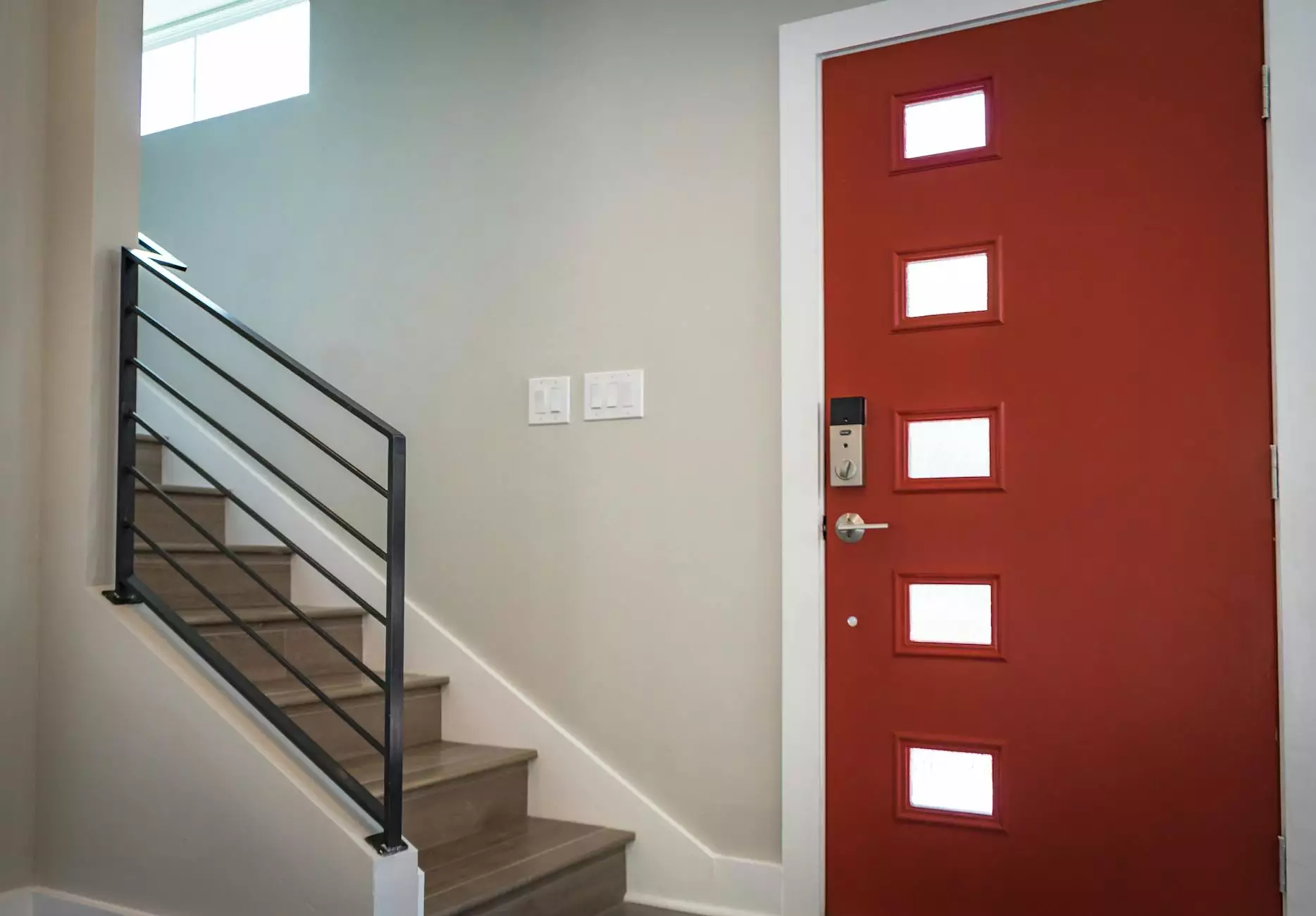Architectural Model Building: The Art of Architectural Representation

Introduction to Architectural Model Building
Architectural model building is an essential discipline within the architecture field, allowing professionals to translate their visionary designs into tangible representations. These models serve numerous purposes, from helping architects visualize and develop their projects to communicating ideas and facilitating discussions with clients, stakeholders, and builders. In this comprehensive guide, we will explore the significance of architectural model building, dive into the different types of models, discuss the skills required to succeed in the industry, and highlight best practices for creating stunning architectural representations.
The Importance of Architectural Models in Design Process
Architectural models play a crucial role in various stages of the design process. Here are some key reasons why they are indispensable for architects:
- Visualization: Models help architects and clients visualize complex designs in a more manageable scale.
- Communication Tools: They act as effective communication tools that help articulate an architect's vision to clients and collaborators.
- Design Development: Through iterations of model building, architects can better identify design flaws and optimize their projects.
- Client Engagement: Well-built models enhance client engagement and provide a better understanding of the project's scope.
- Marketing and Presentation: High-quality models can greatly enhance marketing materials and presentation effectiveness for pitches or competitions.
Types of Architectural Models
The field of architectural model building encompasses various types of models, each serving specific purposes. Understanding these classifications is vital for architects and designers alike. Here are the primary categories of architectural models:
1. Conceptual Models
Conceptual models are often used during the initial stages of design. They focus primarily on exploring ideas and form rather than precise details. These models are typically made from simple materials and are meant to convey the overarching concept of a project.
2. Schematic Models
Schematic models provide a more detailed representation of the architectural design, showcasing the layout and scale. These models are ideal for discussions with clients and stakeholders, providing a clearer understanding of space and function.
3. Design Development Models
As the design progresses, architectural models evolve into more detailed representations. These models illustrate materials, textures, and even landscaping, offering a comprehensive view of the forthcoming project.
4. Presentation Models
Presentation models are polished representations built for showcasing the final design to clients, juries, or the public. These high-end models often involve meticulous detail and finish, serving as a powerful marketing tool.
5. Physical Site Models
These models represent the surrounding environment of an architectural project. They include topographical features and existing buildings or landscape elements, providing context to the new design.
6. Functional Models
Functional models are primarily used to analyze specific functions of a building, such as energy efficiency, lighting, and circulation patterns. These can include scaled versions in a controlled environment to study how various elements interact.
Materials and Techniques in Architectural Model Building
The choice of materials and techniques in architectural model building can significantly influence the final appearance and effectiveness of a model. Here are some of the most utilized materials and methods:
Common Materials Used
- Balsa Wood: Lightweight and easy to cut, balsa wood is preferred for quick models and structural studies.
- Foam Board: Ideal for creating lightweight structural models, foam board is easy to handle and cut.
- Acrylic Sheets: These provide a sleek finish and can be used for glazing or transparent features.
- Cardboard: A cost-effective option, cardboard can be used for rough models and quick prototyping.
- 3D Printing Materials: Advancements in technology allow for the use of 3D printing, creating highly detailed components and complex geometries.
Techniques for Model Building
Techniques can vary based on the materials used and the type of model being created. Key techniques include:
- Laser Cutting: This technique allows for precision cutting of intricate designs, often used in creating detailed structural components.
- Handcrafting: Traditional techniques involving manual cutting and assembly remain vital for creating unique and complex forms.
- Digital Fabrication: Incorporating CAD software and tools, digital fabrication enables the crafting of highly precise and customizable models.
Essential Skills for Architects in Model Building
Proficiency in architectural model building requires a blend of artistic talent, technical skills, and an understanding of architectural principles. Here are some essential skills for architects engaged in model building:
1. Artistic Skills
Architects must have a sense of aesthetics to create visually appealing models. Understanding proportions, colors, and materials is essential in translating designs accurately.
2. Technical Proficiency
Architects should be comfortable with both manual tools and digital modeling software. Familiarity with CAD programs, 3D modeling, and digital fabrication tools is increasingly important in today's architectural landscape.
3. Attention to Detail
Models reflect the precision of an architect's vision. Attention to detail can mean the difference between a standard model and an extraordinary representation that captivates its audience.
4. Problem-Solving Skills
As architectural models are developed, architects often encounter design challenges. The ability to problem-solve creatively during this process is essential for producing effective and practical models.
5. Communication Skills
Architects must be adept at communicating their ideas and concepts effectively. Models often serve as visual aids during presentations, making it essential to articulate thoughts around their construction and intended messages.
Best Practices for Architectural Model Building
Engaging in architectural model building effectively involves following best practices to ensure the models not only serve their intended purpose but also convey the architect’s vision accurately. Here are some guidelines:
1. Start from a Clear Concept
Every successful model begins with a clear idea of the design intent. Sketching ideas and notes before diving into model creation can streamline the process significantly.
2. Choose the Right Scale
Different projects require various scales for representation. Choosing the appropriate scale ensures that details are legible while maintaining the model's overall spatial integrity.
3. Maintain Clean Craftsmanship
Clean cuts and neat assembly reflect professionalism and significant attention to detail. Strive for high precision in every part of model assembly to achieve polished presentations.
4. Use Appropriate Reference Materials
Having a collection of materials for inspiration can be invaluable. Photographs, sketches, and digital resources can support designs and techniques that elevate the final outcome.
5. Iteration is Key
Do not hesitate to iterate on your models. Learning from each version will enhance your ability to communicate ideas and improve your modeling skills over time.
Future Trends in Architectural Model Building
As technology progresses, the landscape of architectural model building continues to change. Here are some potential future trends that architects should keep an eye on:
1. Integration of Virtual Reality (VR)
VR technologies are increasingly influencing architectural presentations. Models that integrate with VR can provide immersive experiences, allowing stakeholders to "walk through" designs before they are built.
2. Advances in 3D Printing
3D printing is becoming more accessible, allowing architects to produce highly detailed models quickly. As material technology improves, these models will grow in both quality and variety.
3. Sustainable Practices
The emphasis on sustainability is shaping the way architects think about model building. Eco-friendly materials and processes will play a critical role in model construction, aligning with broader industry goals of sustainability and environmental responsibility.
Conclusion
Architectural model building is a multifaceted craft that combines art, technology, and architectural knowledge. Whether through conceptual models that explore ideas or presentation models that communicate the final vision, the ability to create high-quality models is an invaluable skill for architects. By understanding their importance, types, materials, skills, and best practices, architects can enhance their design processes and presentations substantially. As the field evolves, staying abreast of emerging technologies and trends will equip architects with the tools needed to excel in communicating their architectural vision.









